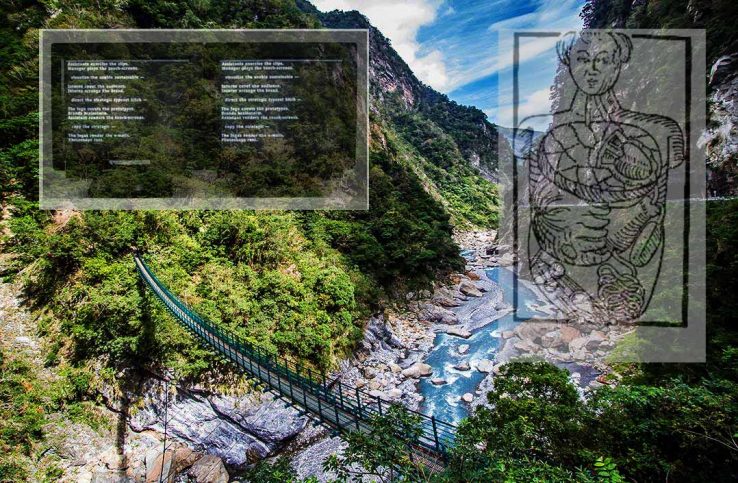Taroko Gorge was not something I was familiar with before taking a look at the pages for this week. So before I began sifting through the many different works, I made a Google search. In looking at Taroko Gorge, it is quite picturesque and looks like the type of place one puts on a bucket list. After viewing these photos I was expecting all of the poems to be poetic takes describing the scenery of the Gorge.
The original page is a never-ending repeat of phrases. Mixed together they make a random poem about the Gorge. In the code, the author gives everyone the freedom to manipulate and make their own work from his, as long as they give credit. He uses javascript and creates a function that will randomly pick words from an array, and sort them in a way that the poem will still be understandable.
To the side of the original is a multitude of links, showing what others have done with the code. Looking through them these are the ones I found most interesting.
Brendan Howell took the original code as an inspiration to make Designer Gulch. Not only a digital work, but also physical art piece that sits in the Berliner Technische Kunsthochschule. There two dueling computers sit side by side spitting out content. They are programmed to string together “industry jargon” to create the verses. This is the one I found with the most coherent outcome.
Then there was Gorge by J.R. Carpenter, who’s generated poem I would describe as an anatomical feast. It’s quite odd and sometimes offputting with the results, but it does keep the attention of the viewer.
Overall, I liked taking a look at this different form of making poetry.
